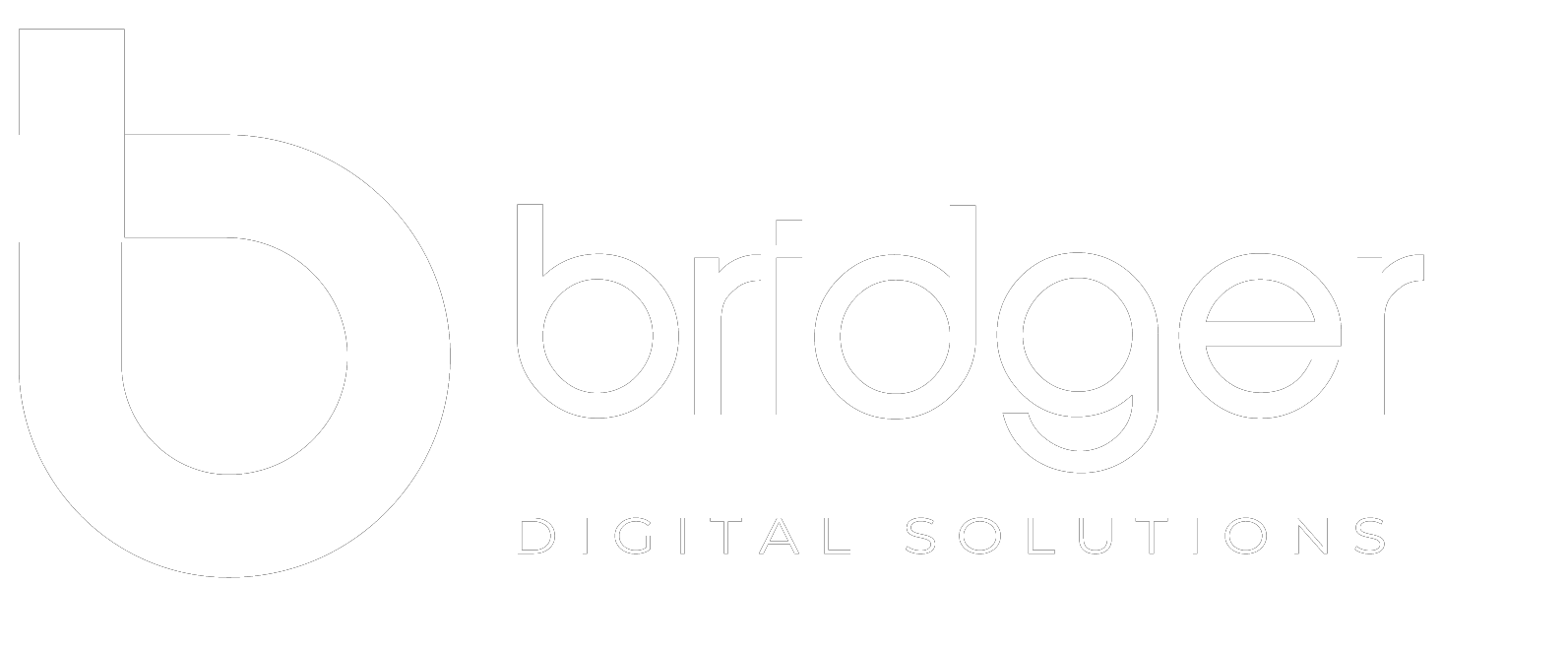How to Optimize for Local Search: 9 Tips for Local SEO
In today's digital world, more and more customers are turning to the internet to search for local businesses. Businesses must have a strong local search engine optimization (SEO) strategy to reach these potential customers. Optimizing your website for local search results can increase visibility for local businesses, drive traffic, and lead to more sales from searches performed by customers in nearby areas.
Optimizing for local search is a must for small businesses looking to stay competitive in today's digital landscape. With 46% of Google searches focusing on local information, failing to optimize your business for local search can mean missing out on a significant portion of potential customers. It's important to understand the pros and cons of local SEO to ensure your business stays relevant. This guide is designed to provide you with a comprehensive overview of the tips and tools, including claiming and verifying business listings on Google My Business, conducting local keyword research, and creating localized content.
9 Local SEO Tips to increase website quality.
- Create Google My Business.
- Engage on Social Media Channels to Google My Business.
- Mention your name, address, and phone number online.
- Optimize online directories and citations.
- Perform a local SEO audit.
- Enhance internal linking structure.
- Get qualified external links.
- Optimize URL, title tags, headers, meta description, and content.
- Develop a mobile-friendly website.
Benefits and Steps of Creating Google My Business.
Google My Business (GMB) is a free tool offered by Google to help businesses manage their online presence across Google, including Search and Maps.
Benefits of GMB account:
- Improved local search visibility: GMB allows you to list your business information, including your address, phone number, and website, making it easier for customers to find you.
- Increased credibility: A verified GMB listing shows up in Google's Local Pack, a collection of the most relevant local businesses for a user's search query.
- Better customer engagement: GMB allows you to respond to customer reviews, post updates and offers, and add photos of your business, making it easier for customers to find and engage with you.
Steps to create a Google My Business account:
- Go to google.com/business and click on "Start Now."
- Sign in to your Google account or create a new one.
- Enter your business name and address, and confirm your location on the map.
- Choose a primary category that best describes your business and select additional categories if necessary.
- Verify your listing via postcard, phone, or email.
- Once verified, you can add or edit your business information, including hours of operation, contact information, and photos.
It is important to keep your GMB listing up-to-date and accurate, as it can significantly impact your local search visibility and credibility.
Engage on Social Media Channels to Google My Business.
Engaging on social media channels is important in maximizing the benefits of your Google My Business (GMB) listing. Here are a few ways you can use social media to boost your GMB presence:
- Link your social media profiles to your GMB listing: Make it easy for customers to find your social media profiles by linking them from your GMB listing.
- Share your GMB updates on social media: When you post updates or offers on your GMB listing, be sure to share them on your social media channels.
- Respond to customer reviews on social media: Responding to your GMB listing is important, but remember to respond to reviews left on your social media profiles.
- Cross-promote your social media channels: Encourage your followers on one social media channel to follow you on another channel by cross-promoting your profiles.
- Use social media to drive traffic to your GMB listing: Use social media to drive traffic to your GMB listing by promoting it in your posts, including a link to your listing in your profile, and using relevant keywords.
By engaging on social media channels in conjunction with your GMB listing, you can increase the visibility and credibility of your business and engage with your customers in new ways. This can lead to increased traffic, more positive reviews, and ultimately, increased sales and growth for your business.
Mention your name, address, and phone number online.
It's crucial to establish your name, address, and phone number (NAP) information in a way that is easily accessible to both customers and Search Engines to improve your visibility and credibility.
Consistent NAP information across your website, Google My Business listing, and other online directories helps search engines confirm your business's authenticity and improve the chances of appearing in local search results. Therefore, ensuring your NAP information is accurate and consistent across all online listings and platforms is important. This will improve your local SEO efforts and make it easier for customers to find and engage with your business.
Optimize online directories and citations.
Optimizing online directories and citations is an important part of local SEO as they help search engines and customers find and verify your business information. The four local business data providers in the United States are Infogroup, Neustar Localeze, Acxiom, and Factual. They supply data to hundreds of search engines, websites, and apps, including Apple Maps, Yelp, Bing, Google Maps, TripAdvisor, and more.
- Infogroup: Google, Yahoo, Bing, Twitter
- Localeze: Yahoo, Bing, Facebook, Groupon
- Acxiom: Apple, Yelp, Superpages, Yellowpages
- Factual: Apple, Bing, Yelp, TripAdvisor
You can improve your local search visibility and credibility by ensuring that your NAP information is accurate and consistent across these aggregators and online directories. It can lead to increased traffic, improved search ranking, and, ultimately, increased sales and growth for your business.
It's important to regularly monitor your online directories and citations to ensure your NAP information is accurate and up-to-date and promptly address any inconsistencies or inaccuracies. It will ensure that customers and search engines can easily find and verify your business information, improving your local SEO efforts.
Perform a local SEO audit.
A local SEO audit is crucial in optimizing your website for local search. The audit should identify potential areas for improvement and help you make informed decisions about your local SEO strategy. A local SEO audit should cover the following key areas:
- Google My Business Audit: Check the accuracy of your business information on Google My Business and ensure that your listing is optimized for search engines and users.
- Google Search Console Audit: Ensure your website is crawlable by search engines and free of any errors that may prevent indexing.
- On-Page SEO Audit: Evaluate your website's on-page SEO elements, such as title tags, meta descriptions, and header tags, to ensure they are optimized for search engines and users.
- Citation Audit: Check the accuracy of your NAP information in online directories and make sure it is consistent across all platforms.
- Competitor Analysis: Analyze your competition's websites and compare your website's performance in terms of inbound links, content, design, and positioning.
- Website Audit: Evaluate the performance of your website, including its load time, mobile responsiveness, and user experience, to identify any areas for improvement.
Conducting a regular local SEO audit will help you stay on top of the latest trends and best practices and make data-driven decisions about your local SEO strategy.
Enhance internal linking structure.
Internal linking is linking one page on your website to another page within the same website. It is important for local SEO for several reasons:
- Improved User Experience: Internal linking helps users navigate your website more easily and find the information they want. It can improve your website's overall user experience and encourage longer visits, impacting your search engine rankings.
- Improved Crawlability: Internal linking helps search engines crawl and index your website more efficiently, providing a roadmap of your website's structure and content, which helps search engines understand the context and relevance of your pages, and improve your search engine rankings.
- Keyword Relevance: Internal linking can help establish keyword relevance, as you can link to pages using relevant keywords in your anchor text.
- Page Authority: Internal linking can help distribute page authority and equity, allowing you to pass link value from one page to another. It helps improve your pages' authority and search engine rankings.
Enhancing your internal linking structure can improve your website's user experience, crawlability, keyword relevance, and page authority, which can impact your local SEO efforts. It's important to regularly review your internal linking structure and make changes as needed to improve your website's performance and visibility in local search.
Get qualified external links.
Getting high-quality external links is an important part of a comprehensive local SEO strategy. Here are some steps you can take to acquire qualified external links:
- Create high-quality content: High-quality content is the cornerstone of any successful link-building campaign. Create blog posts, infographics, videos, and other valuable and relevant content for your target audience.
- Reach out to local businesses and organizations: Build relationships with local businesses and organizations in your community and offer to exchange links with them.
- Claim and optimize your business listings: Claim your business on relevant directories, such as Yelp and TripAdvisor, and optimize your listings with accurate information and photos.
- Engage in local events and sponsorships: Participate in local events and sponsor local organizations to increase your brand exposure and acquire new links.
- Encourage customer reviews: Encourage your customers to leave reviews of your business on relevant platforms, such as Google My Business, and include a link to your website in your review response.
- Monitor your backlink profile: Regularly monitor your backlink profile using a tool like Ahrefs or Moz, and remove any low-quality or spammy links that may hurt your search engine rankings.
- Offer testimonials and links in return: Offer testimonials for other local businesses in exchange for links to your website.
Following these steps, you can build a strong portfolio of high-quality external links that can improve your local SEO efforts and help you rank higher in local search results.
Optimize URL, title tags, headers, meta description, and content.
Optimizing URLs, title tags, headers, meta description, and content for Local SEO is important because these elements directly impact a website's visibility and ranking in search engine results pages (SERPs). Using specific keywords related to the local area helps search engines understand what the website is about and where it is relevant. It is especially important for local businesses as it allows them to target their audience more effectively, attract more qualified traffic, and increase their visibility in the local search results. Additionally, having a clear and descriptive title tag, meta description, and well-structured headings makes it easier for users to understand a website's content, which can lead to increased click-through rates and engagement.
Here are some examples for each section:
- URL: The URL for a local pizza restaurant could be "www.bestpizzarestaurant.com/cityname", where the city name is the restaurant's location.
- Title tag: "Best Pizza Restaurant in City Name - Fresh, Delicious Pizzas"
- Header (H1): "Welcome to the Best Pizza Restaurant in City Name"
- Meta description: "Experience the taste of authentic, fresh pizzas at our restaurant in City Name. Visit us today for a delicious meal!"
- Content: The website should include mentions of the local area and the unique aspects of the restaurant that make it a top choice for pizza in the city, which can include information about the ingredients used, the history of the restaurant, and testimonials from satisfied customers.
It is important to keep these elements concise, relevant and focused on the local area to maximize their effectiveness in local SEO.
Develop a mobile-friendly website.
Local and mobile searches are closely related, with 61% of Google searches being carried out on mobile devices. When using a website on mobile, users often seek out reviews, directions to a location, and contact information. There has been a 250% rise in "near me" searches on mobile since 2017.
Here are some steps to develop a mobile-friendly website for Local SEO:
- Responsive Design: Use a responsive design to ensure that the website adapts to different screen sizes and devices, providing a good user experience on both desktop and mobile.
- Fast Load Time: A fast load time is important for user experience and SEO. Use techniques such as compression, minimizing code, and using a content delivery network (CDN) to optimize page speed.
- Mobile-Friendly Navigation: Make navigation easy for mobile users by using a simple, clear, and intuitive menu structure. Consider using a hamburger menu or a sticky header to keep the navigation accessible.
- Local Information: Include information about the local area, such as the address, phone number, and map location, on every page of the website, as well as in the footer.
- Mobile-Friendly Content: Make sure the content is easily readable on a mobile device, with a font size that is large enough to be comfortable to read. Use short paragraphs and clear headings to make it easy to scan the content.
- Click-to-Call Button: Add a click-to-call button to make it easy for users to call the business directly from their mobile devices.
- Image Optimization: Optimize images for mobile by compressing them and using smaller file sizes, descriptive file names, and alt tags.
- Schema Markup: Use schema markup to provide search engines with additional information about the local business, such as the address, phone number, and reviews. By following these steps, you can create a mobile-friendly website optimized for Local SEO and provides a good user experience for mobile users.
Local SEO plays a crucial role in the overall SEO strategy for businesses that have a physical location or serve a specific area. Optimizing for local search increases your brand's visibility and makes it easier for your target audience to find you online. By utilizing the best practices for local SEO, you can improve your brand recognition and establish authority in your industry.




